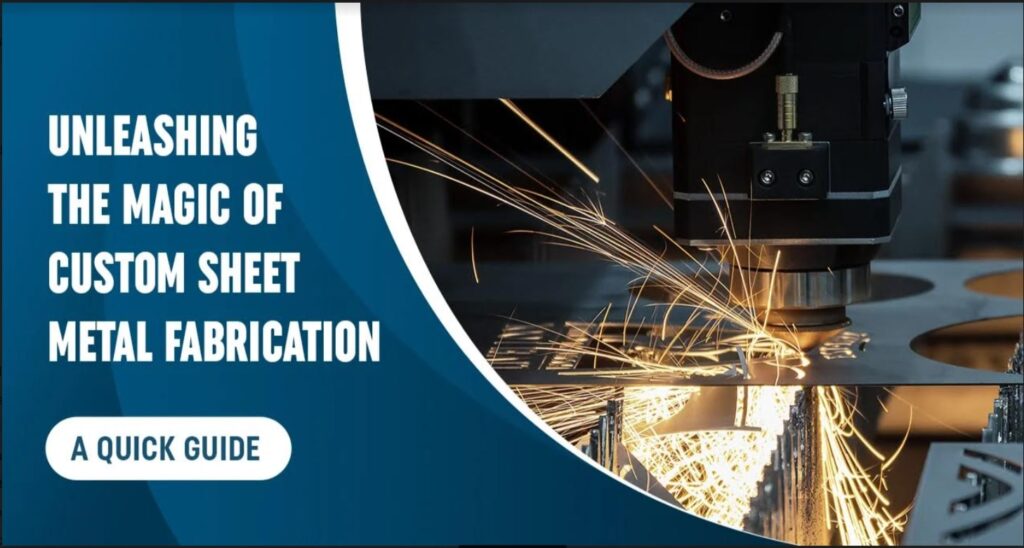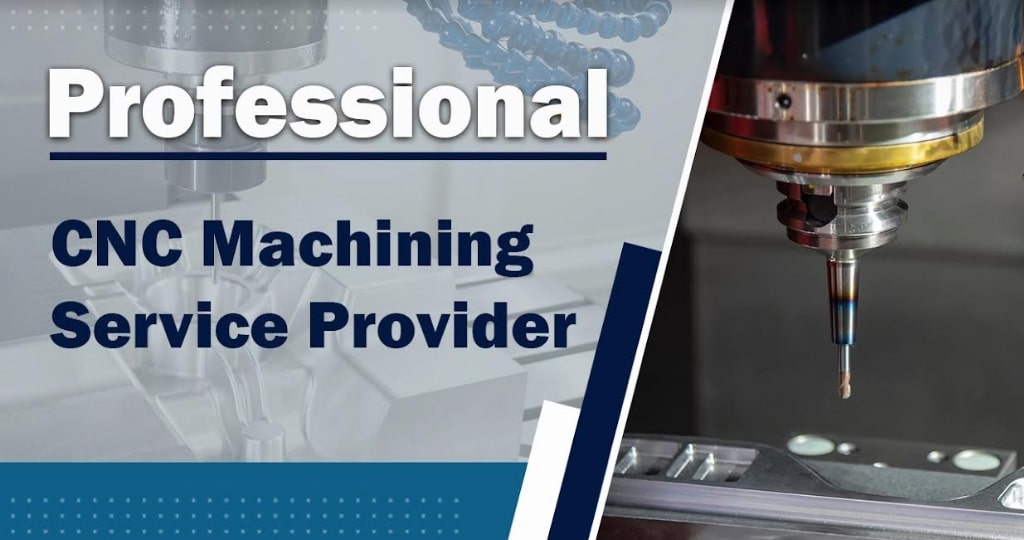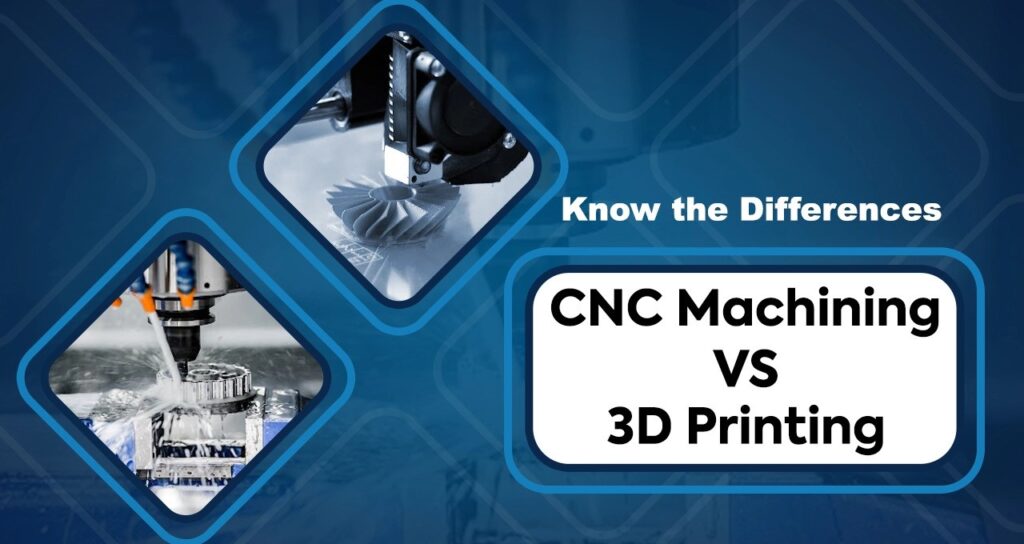Hey, are you related to manufacturing industries somehow, like the electronic prototype department, injection molding, or even other aluminum product development? If yes, you may probably be hearing about CNC machining or Computer Numerical Control machining since its usage applies to different settings.
If you are interested in using a CNC system in your manufacturing or machining operations, have a better understanding of this technology in today’s blog. Read on.

What Is CNC (Computer Numerical Control) Machining?
CNC or Computer Numerical Control machining is a manufacturing process where a computer is in charge of the movement of different industrial machines. For example, lathes and milling machines are the most commonly found CNC machines.
CNC machining services are cost-effective, adapting, and compatible with various materials, like aluminum, brass, bronze, copper, plastic, nickel alloys, titanium, stainless steel, etc., and different industries across automotive, medical, aerospace, and consumer electronics for a wide variety of applications. Manufacturers use this process for direct manufacturing and even indirect ones by combining it with other advanced techniques, like rapid prototyping.
How Do the Manufacturers Utilize CNC Machining?
This CNC or Computer Numerical Control manufacturing procedure starts with part designs using CAD (computer-aided design) software. The 3D design consists of the required properties and dimensions for the final part. On the other hand, the experts run the CAD design files through CAM software after the formatting process is over to take out the geometry part and generate the programming code- M-code and G-code.
Thus, the CNC machining program creates the part, coordinating the cutting head with proper guidance.
Advantages of CNC Machining
Computer Numerical Control (CNC) machining usually is used for metal machining operations, even in low-volume productions. In fact, by utilizing CNC machining services, you can have great benefits in your applications. For example:
- You can be less dependent on human labor, which means fewer chances of making mistakes. But you may need an efficient CNC machinist and programmer to start this machining process.
- CNC machining ensures precision in terms of creating parts than manual machines while meeting the specifications.
- Throughout the production process, manual machines may cause inconsistency after a number of cycles, like in aluminum part productions. In this case, many manufacturing companies prefer using CNC aluminum machining to uphold consistency in the manufacturing process.
- CNC manufacturing procedure increases production efficiency while lowering the cycle time and reducing waste materials. Besides high-speed machining, CNC allows to design and create complex parts easily and enables the manufacturers to utilize their finances and resources efficiently.
- CNC manufacturing process lowers production costs by eliminating operational expenses and the need of providing operator training.
Use of CNC Machining in Today’s Business Fields
The CNC machining industry has entered the manufacturing process of today’s business fields completely. Its uses have spread to various fields, like:
Medical
- Medical instruments
- Research tools
- Implants
- Components of MRI machines
Aerospace
- Manifolds
- Airfoils
- Electrical connectors
- Landing gear components
- Bushings
Automotive
- Exhaust parts
- Fluid system parts
- Suspension components
- Bushings
- Valve retainers
Bottom Line
Whether you need a manual or CNC (Computer Numerical Control) machining for any industry application, we can help. At Createproto Rapid System Limited, our experts provide a full array of CNC machining services, including CNC milling and turning for various metal types. We ship machined products within 5 days for small orders, while larger runs take just around one or two weeks.
Click here or give us a call to get a customized quote within 7 hours or less!
Follow us on Instagram!





